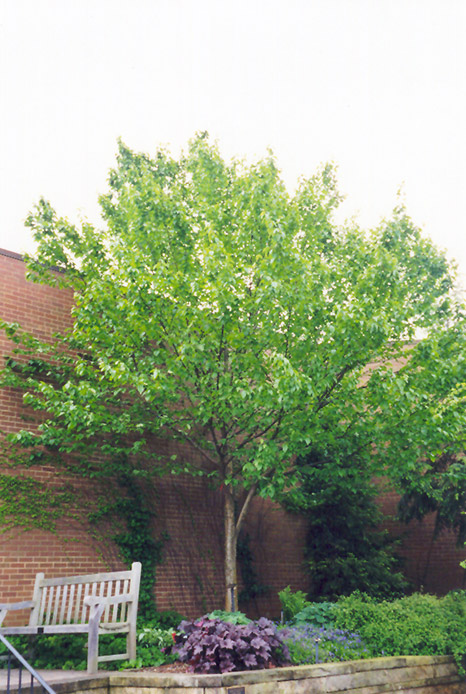
Plant Finder
* This is a "special order" plant - contact store for details
Height: 60 feet
Spread: 50 feet
Sunlight:
![]()
Hardiness Zone: 2
Description:
A large and spreading tree with a graceful character and consistently ravishing fall color; bark is interesting but not as showy as other birches; best used in larger landscapes
Ornamental Features
Yellow Birch has dark green deciduous foliage on a tree with a round habit of growth. The pointy leaves turn an outstanding gold in the fall. The smooth brick red bark adds an interesting dimension to the landscape.
Landscape Attributes
Yellow Birch is a deciduous tree with a more or less rounded form. Its average texture blends into the landscape, but can be balanced by one or two finer or coarser trees or shrubs for an effective composition.
This is a relatively low maintenance tree, and should only be pruned in summer after the leaves have fully developed, as it may 'bleed' sap if pruned in late winter or early spring. Gardeners should be aware of the following characteristic(s) that may warrant special consideration;
- Insects
Yellow Birch is recommended for the following landscape applications;
- Shade
Planting & Growing
Yellow Birch will grow to be about 60 feet tall at maturity, with a spread of 50 feet. It has a high canopy of foliage that sits well above the ground, and should not be planted underneath power lines. As it matures, the lower branches of this tree can be strategically removed to create a high enough canopy to support unobstructed human traffic underneath. It grows at a medium rate, and under ideal conditions can be expected to live for 80 years or more.
This tree should only be grown in full sunlight. It requires an evenly moist well-drained soil for optimal growth. It is not particular as to soil type or pH. It is somewhat tolerant of urban pollution. This species is native to parts of North America.
* This is a "special order" plant - contact store for details
This Plant Library is intended for informational purposes only, and is not an online store.
